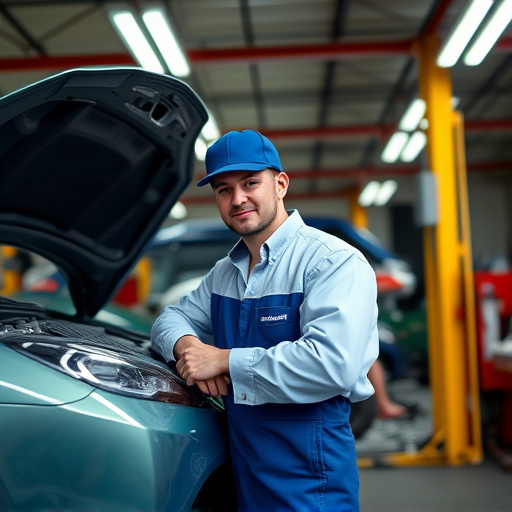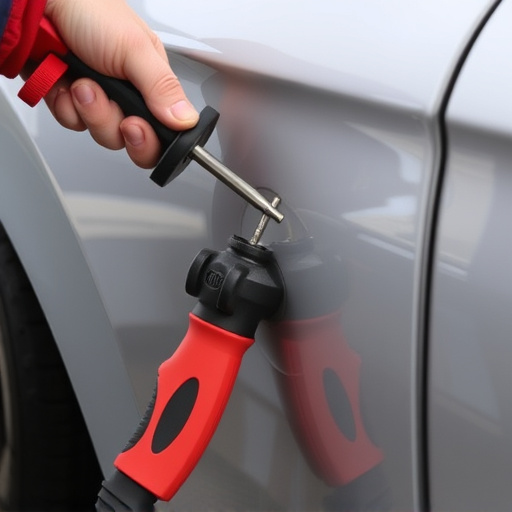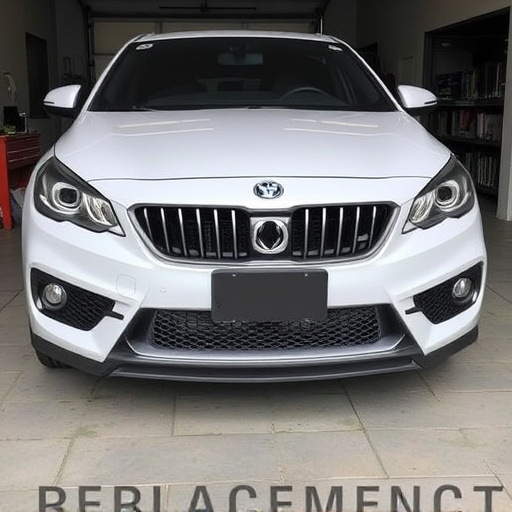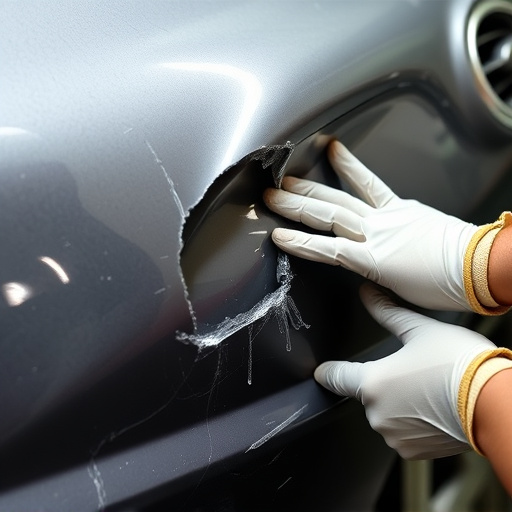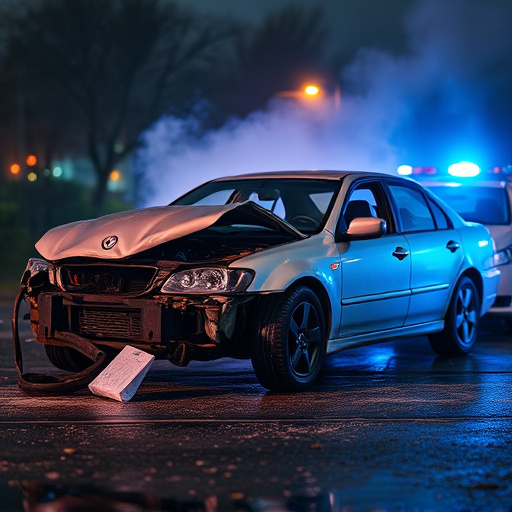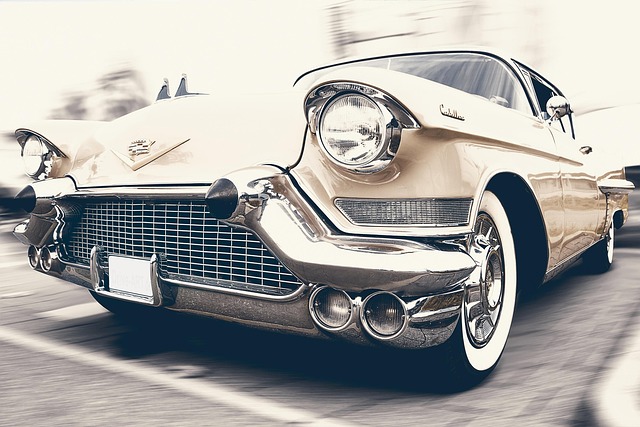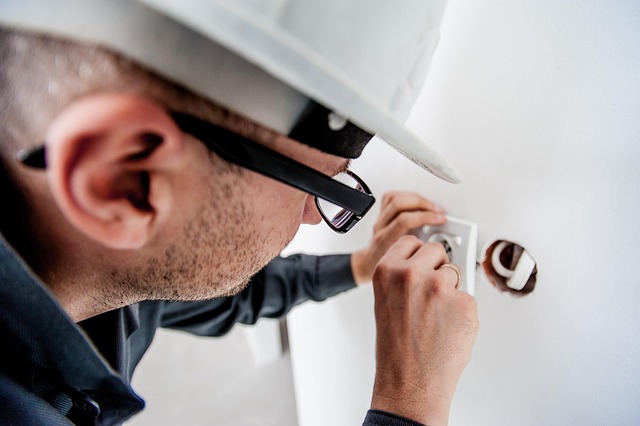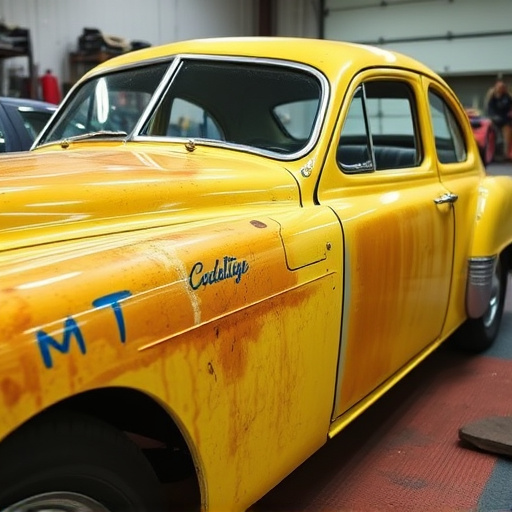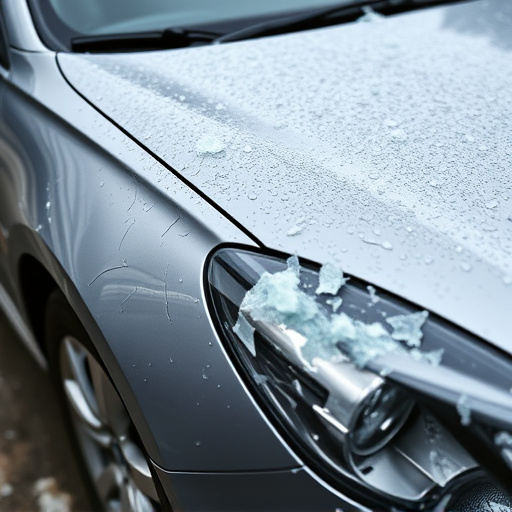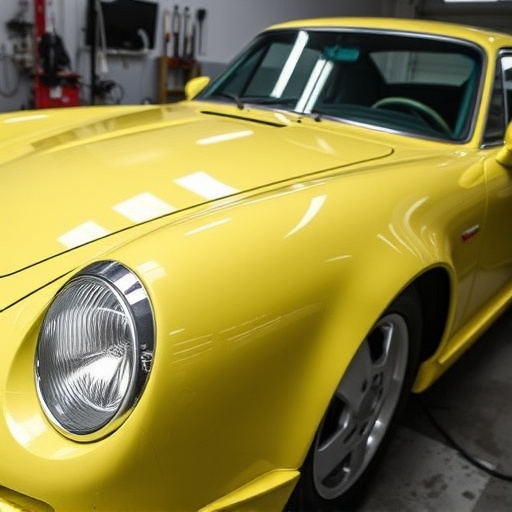In automotive refinishing, surface prep is a critical, often overlooked, foundational step. It involves meticulous cleaning, sanding, and priming of auto bodywork to ensure optimal adhesion for new paint or coatings. Proper surface prep enhances aesthetics, preserves vehicle value, and ensures long-lasting durability by preventing issues like bubbles, cracks, and uneven shading. It's vital in collision repair, combining structural integrity with aesthetic restoration through car scratch repair techniques.
Surface prep is a crucial, often overlooked, step in automotive refinishing. It’s the foundation for achieving flawless results. Getting it right ensures paint adheres properly, prevents defects, and extends the lifespan of the finish. This article delves into the significance of surface preparation, exploring its impact on refinishing outcomes and providing best practices to ensure optimal results in every auto detailing project.
Mastering this essential process is key to achieving a durable, stunning finish that truly highlights the vehicle’s beauty.
- Understanding the Importance of Surface Preparation
- The Impact of Proper Surface Prep on Refinishing Results
- Best Practices for Effective Surface Preparation in Automotive Refinishing
Understanding the Importance of Surface Preparation
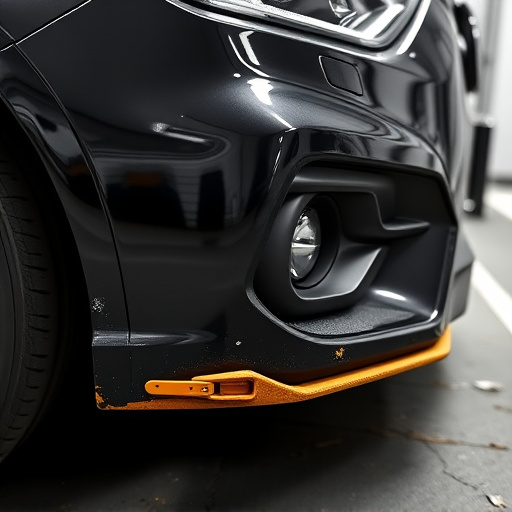
In automotive refinishing, surface prep is a foundational step that cannot be overlooked. It involves thoroughly cleaning and preparing the auto bodywork to ensure optimal adhesion for new paint or coatings. This process goes beyond mere aesthetics; proper surface preparation directly impacts the durability and longevity of any repair work. A smooth, clean canvas allows for even application of car paint repair solutions, guaranteeing a professional finish.
Ignoring this critical step can lead to issues like bubbles, cracks, or uneven shading in the final layer. Vehicle paint repair experts understand that the surface’s condition dictates the success of the entire refinishing process. Therefore, investing time and effort into meticulous surface prep is essential for achieving high-quality auto bodywork, ensuring customer satisfaction, and preserving the vehicle’s value.
The Impact of Proper Surface Prep on Refinishing Results
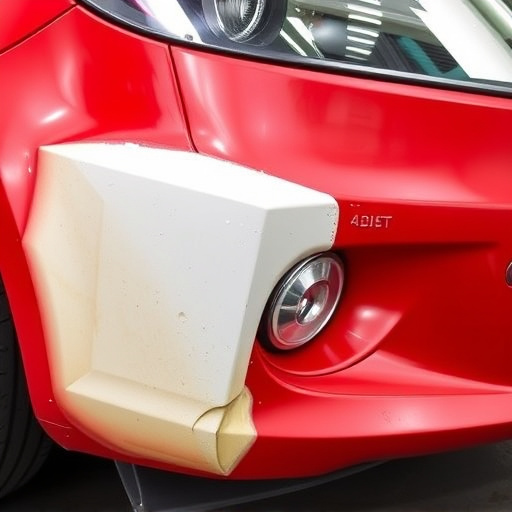
Proper surface preparation is the cornerstone of successful automotive refinishing. It involves thoroughly cleaning, sanding, and priming the damaged area to ensure a smooth base for the final coat of paint. This meticulous process cannot be overstated; it’s not just about aesthetics but also the longevity and durability of the vehicle’s new finish. A well-prepared surface means the paint will adhere better, creating a more even and glossy finish that protects the car from future damage, including UV rays and environmental contaminants.
In the realm of auto body repair, especially after fixing dents or repairing car damage, surface prep is often the unsung hero. It’s the critical step that determines whether the auto body painting turns out flawless or shows signs of imperfections. A quality surface prep not only enhances the visual appeal but also ensures the structural integrity of the vehicle body, making it a vital aspect in achieving professional and long-lasting results.
Best Practices for Effective Surface Preparation in Automotive Refinishing
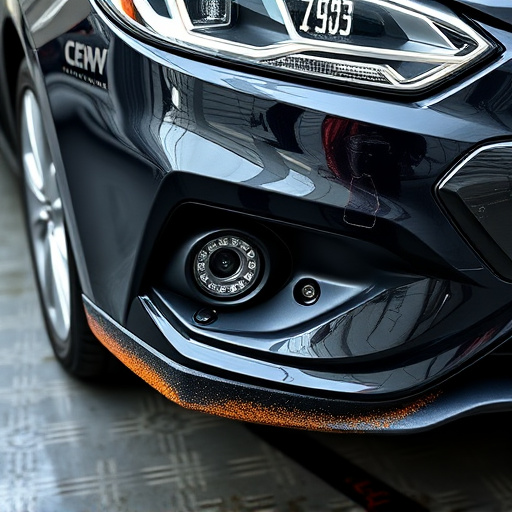
In automotive refinishing, surface prep is a crucial step that often gets overlooked. Best practices involve thoroughly inspecting the car’s surface to identify any defects, contaminants, or damages like car scratches and dents. This initial assessment guides the selection of appropriate preparation methods, ensuring every nook and cranny is ready for painting or coating.
The actual process should include thorough cleaning with specialized solutions to remove grease, dust, and grime from the automotive body shop environment. Sanding or grinding follows to smoothen out imperfections, creating a roughened surface that allows better adhesion for new finishes. This step is particularly vital in auto collision repair, as it ensures the structural integrity of the vehicle while also preparing it for aesthetic restoration through car scratch repair techniques.
Surface preparation is a cornerstone of successful automotive refinishing. By meticulously removing contaminants, smoothing imperfections, and creating a clean canvas, proper surface prep ensures that coats of paint adhere flawlessly, leading to durable, vibrant finishes. Investing in robust best practices for surface preparation pays dividends, enhancing the aesthetics and longevity of refinished vehicles. Remember, the attention to detail during this initial step determines the final outcome’s quality and durability in the world of automotive refinishing.
